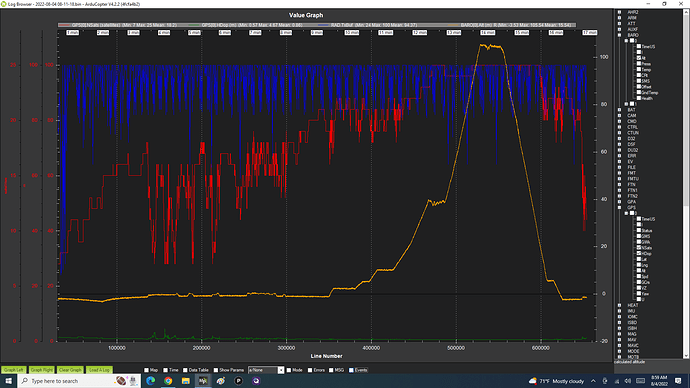I have resolved this problem.
Description of the resolution is at the end of the thread on this post: New Thread - transmission buffer at 100% on SiK radios
The problem turned out to be with the firmware I’d upgraded to - and perhaps it’s parameters. By reverting to the firmware that came on the F9P receiver (which was three versions old) the problem was resolved.
I also found a way to reduce TxBuf - and I’m still researching that further. But I’m not sure that issue influenced the problem.
Here’s a chart from a successful test.
